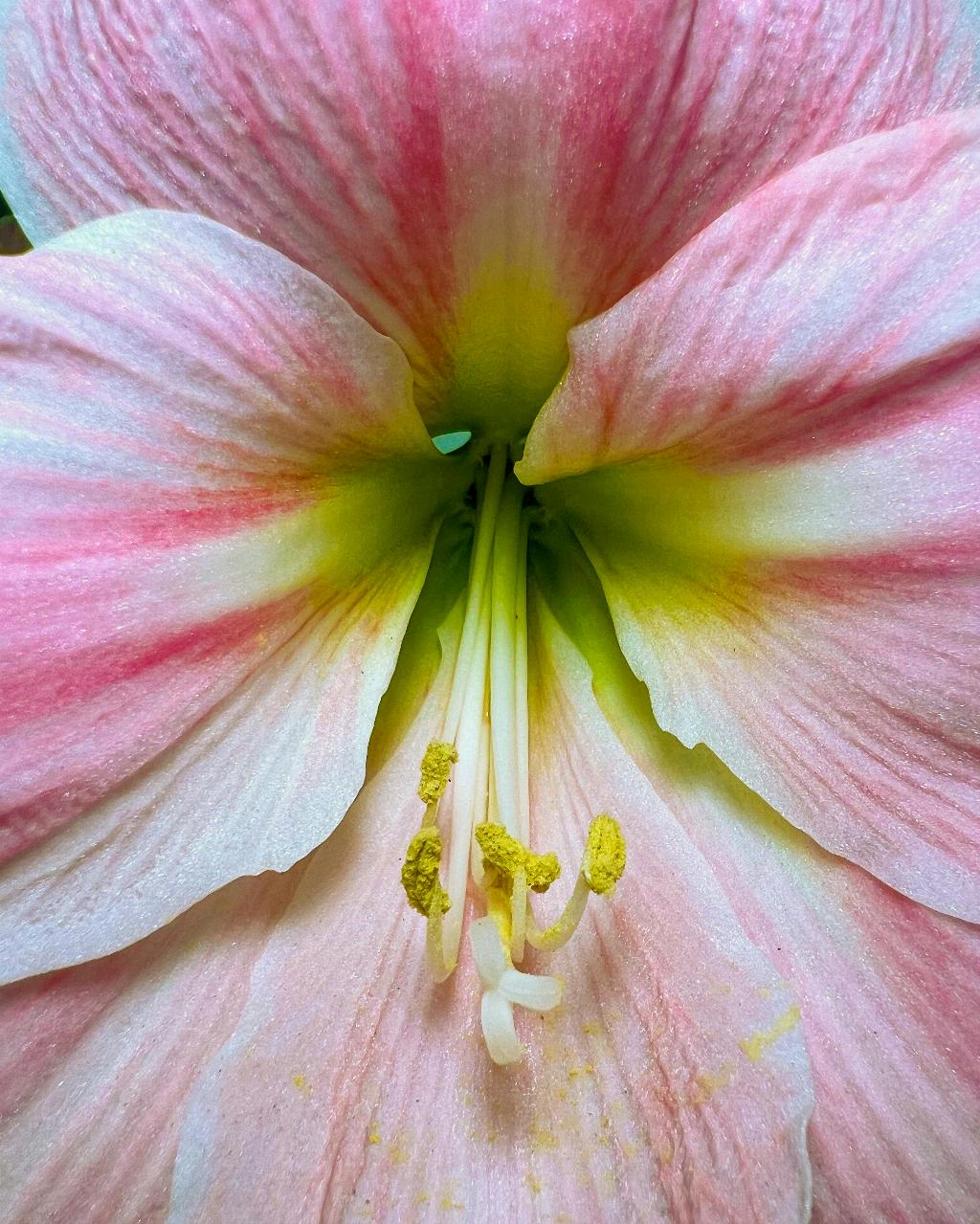Looking after an amaryllis doesn’t have to be complicated. By following a few simple steps, you can ensure that your amaryllis bulb thrives and produces beautiful flowers year after year. One of the key factors in caring for an amaryllis is maintaining the right environment for the plant to grow. Keeping the bulb at room temperature is essential to ensure its proper development.
Regular watering is crucial for the amaryllis bulb’s health. Make sure to water the plant consistently, but avoid overwatering, as this can lead to root rot. It’s best to allow the soil to dry slightly between waterings to prevent waterlogged conditions. Additionally, it’s recommended not to give the bulb plant food more than once every 6-8 weeks to avoid overfertilization.
After the amaryllis has flowered, the leaves will continue to grow. These leaves are essential for the plant’s growth and help in the formation of new flower buds in the bulb. Ensuring that the leaves receive adequate sunlight and water will promote healthy growth for future blooms.
To help your amaryllis bulb bloom again, it’s crucial to provide it with a cold period. This dormant period allows the bulb to rest and prepare for the next flowering cycle. By exposing the bulb to cooler temperatures for a period of time, you can encourage it to produce flowers again in the future.
When caring for your amaryllis bulb, there are some tips that can help ensure optimal growth. Amaranth Amaryllis is a beautiful variety known for its vibrant colors and large blooms. By selecting this variety, you can enjoy stunning flowers that will brighten any space in your home.
Proper sunlight exposure is essential for the amaryllis bulb to thrive. Place the plant in a location where it can receive indirect sunlight for a few hours each day. Adequate light will help stimulate the plant’s growth and encourage it to produce healthy blooms.
Regularly inspecting the plant for any signs of pests or diseases is also important in caring for your amaryllis. Keep an eye out for common issues such as aphids or mealybugs, and treat them promptly to prevent any damage to the plant. In addition, ensure that the soil is well-draining to prevent issues such as root rot.
When it comes to watering your amaryllis bulb, it’s essential to strike the right balance. Overwatering can lead to soggy soil, which can harm the roots of the plant. On the other hand, underwatering can cause the plant to become dehydrated and affect its overall health. Find a watering schedule that works for your plant and adjust as needed based on its growth.
Feeding your amaryllis bulb with plant food is important to provide it with essential nutrients for growth. However, it’s crucial not to overfertilize the plant, as this can lead to nutrient imbalances and damage the roots. Follow the recommended feeding schedule and use a balanced fertilizer to support the plant’s overall health.
As the leaves of the amaryllis bulb continue to grow, it’s essential to ensure they receive adequate care. Pruning any yellowing or damaged leaves can help redirect the plant’s energy towards new growth. Additionally, removing spent flower stalks can encourage the plant to focus on producing new blooms.
During the dormant period of the amaryllis bulb, it’s important to reduce watering to allow the plant to rest. Limiting the amount of water during this time can prevent the bulb from rotting and ensure its survival until the next flowering season. Keep the bulb in a cool, dark place during dormancy to promote healthy growth.
By following these tips and guidelines, you can look after your amaryllis bulb effectively and enjoy its beauty for years to come. From providing the right environment and care to ensuring proper sunlight exposure and feeding, taking care of your amaryllis can be a rewarding experience. With a little attention and dedication, your amaryllis bulb will continue to bloom and brighten your home with its stunning flowers.

